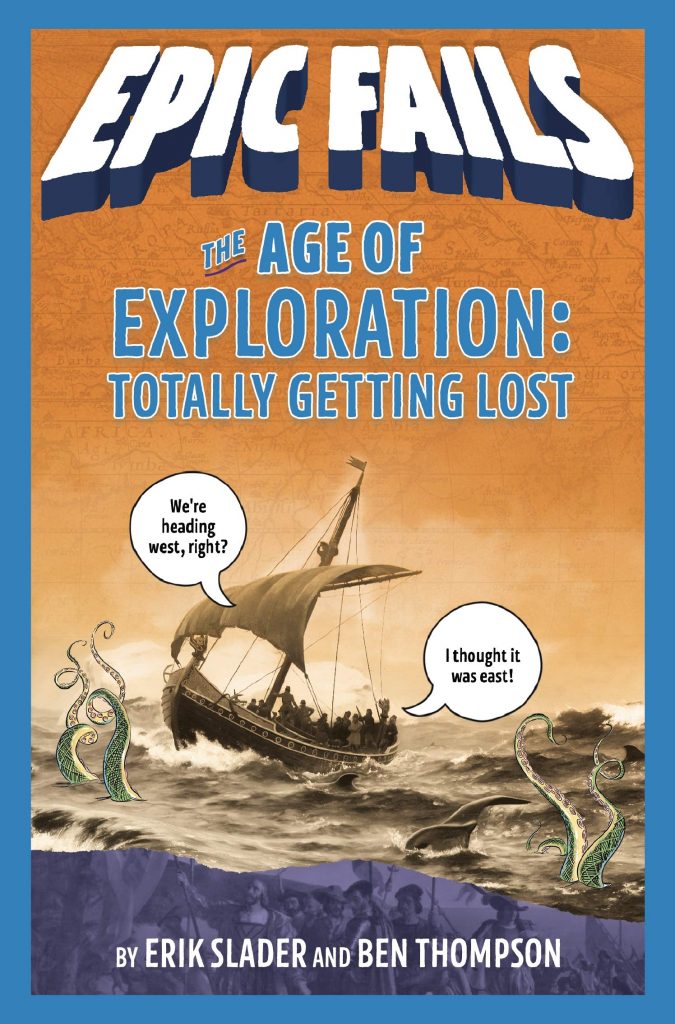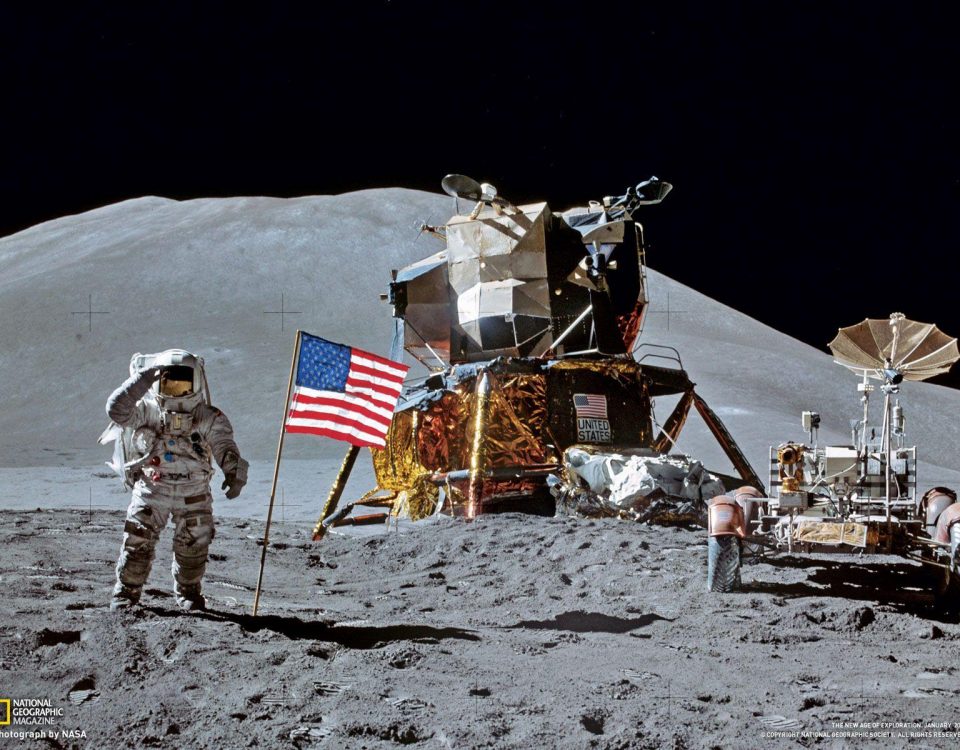
Ep 10: Blooper Reel! (April Fool’s Day Special?)
April 1, 2019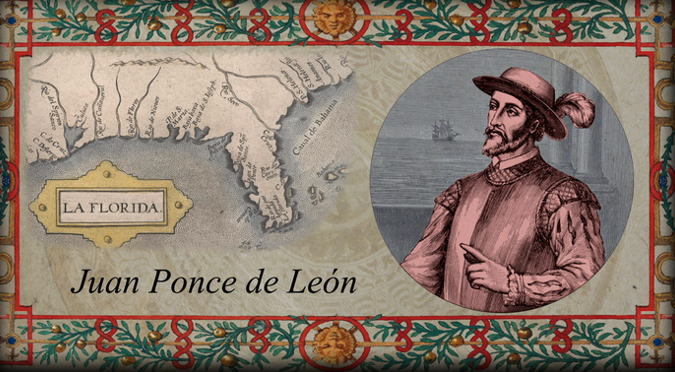
The Lost Chapters: PONCE DE LEON
April 7, 2019The following is a deleted chapter from “EPIC FAILS – The Age of Exploration: Totally Getting Lost”
1497 – John Cabot’s attempted voyage(s) to America…
John Cabot (aka Giovanni Caboto) was a Venetian explorer who sailed across the Atlantic under the English flag in search of a westward route to Asia. He’s kind of like a lesser-known (and less-successful) version of Columbus. Both guys were Italian spice-traders who, had the idea to find a quicker way to China, found North America instead, and never actually realized they’d messed up. (Columbus just got there first.)
There’s actually still a lot we don’t know about John Cabot, mostly because sometimes people back then forgot to write things down. We do know that he was the first European, since Leif Erikson, to discover mainland North America (since you know, Columbus only found a couple of in the Caribbean and never actually set foot on the East Coast of America) and just like Columbus, Cabot also did not realize that he’d just discovered a whole new continent and assumed he was in Japan or something.

Is it just me, or does this guy look like George R. R. Martin?
John Cabot spent his early years traveling through the Middle East, trying to make a quick buck on the oriental spice trade. You see, throughout the late Medieval period, rare goods and exotic luxuries from China could only make their way to Europe through a route called the Silk Road, a path thousands of miles long that tracked through the Gobi Desert, the Middle East, and Eastern Europe. It was a long, dangerous journey, and like many others at this time Cabot probably began to wonder if there was a better way.
Then in the 1480’s, John landed himself in some serious debt. It was so bad that he had to flee his home in Venice or get thrown in jail (the Italians have never been particularly forgiving when it comes to owing them huge amounts of money). He moved to Spain in 1488, where a warrant for his arrest followed. While on the run from creditors, Cabot desperately tried to turn things around, doing some odd jobs here and there, but things never went quite the way he’d planned. He once proposed to rebuild a harbor in Valencia, but was rejected. He then went to Seville to work on a stone bridge that was cancelled half way through construction.
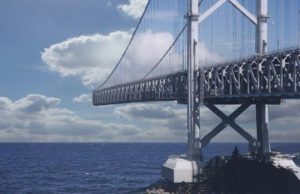
Meh, good enough
At the end of his rope, and with nothing left to lose, John Cabot finally decided to pursue his dreams and do something awesome. By this time, news of Columbus’s voyage to “the East Indies” had gotten around which probably made him all kindsa jelly, but he also saw it as an opportunity. In 1495, John Cabot packed his bags and headed for London.
In 1496, Cabot appeared before the court of Henry VII with a plan. After the 15th Century equivalent of a Power Point presentation, he convinced the King of England to commission a voyage of discovery. The King figured, why not? Even though Cabot had very little experience and had never really sailed a ship before, Henry approved his request, with one small caveat – John had to bring back some goods to sell in England.
Pretty straight forward right?
Wrong.
That summer, John Cabot and his three sons (Ludovico, Sancto and Sebastiano) set sail from Bristol, England on a daring mission of discovery. What happened next is best summed up by a letter written by English merchant John Day, “Here is what happened: he went with one ship, his crew confused him, he was short of supplies and ran into bad weather, and he decided to turn back.”
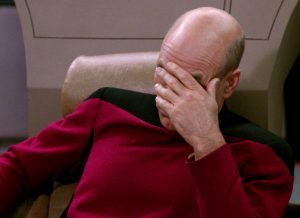
Yup, that’s right, his first voyage was a complete and total failure. But like any historically-relevant figure, failure did not stop John Cabot. The very next year, undeterred, John Cabot and a crew of 18 boarded a ship called the Matthew. In May, 1497, they set sail once again, but this time the winds were on their side.
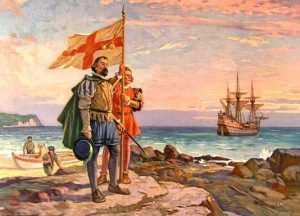 On June 24th, Cabot and his men reached the East Coast of North America. We’re not exactly sure where, but it was probably either Newfoundland, or Cape Breton Island in Canada. After planting the English flag, scouting the beach, fishing and grabbing some fresh water, Cabot and crew headed back to England. They didn’t spot any natives while they were there, but they did find some souvenirs left behind by them.
On June 24th, Cabot and his men reached the East Coast of North America. We’re not exactly sure where, but it was probably either Newfoundland, or Cape Breton Island in Canada. After planting the English flag, scouting the beach, fishing and grabbing some fresh water, Cabot and crew headed back to England. They didn’t spot any natives while they were there, but they did find some souvenirs left behind by them.
John Cabot arrived before King Henry’s court. He had no riches or spices from his voyage, but instead brought back some wooden bear traps, a needle, and stories about all the really cool trees they saw. The King was dumbfounded because he totally didn’t get the point of any of this, until Cabot explained the significance of his findings – proof that there were in fact tribal people in the new land that he’d discovered.
Impressed by this revelation, Henry VII awarded Cabot with a pension of £20, which I suppose was a lot back then? He was also given further resources for a larger expedition. This time, they loaded up extra provisions so they could trade with any indigenous tribes that they came into contact with.
John Cabot departed once again in 1498, this time as an admiral, commanding a fleet of 5 ships and over 300 crew members! Things were looking up,until they saw dark clouds on the horizon.
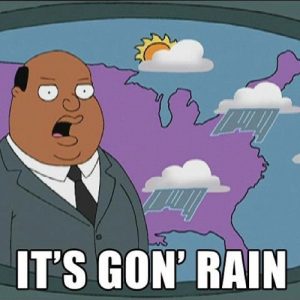
A couple months later, one of the battered ships limped into a harbor in Ireland. The sea sick crew of the damaged vessel reported that the fleet had been hit by a huge storm and they’d been forced to turn back but that Cabot and the remaining four ships pushed onward, disappearing into the haze. Two years later, without any sign of the expedition, John Cabot and his crew were declared lost at sea…
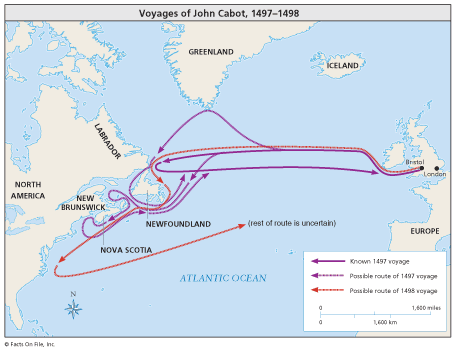
Or at least that’s one version of the story.
 Although records are scarce, recent evidence suggests that Cabot actually did make it to North America where he might have established a small settlement in Newfoundland before sailing down to the Chesapeake Bay. Some of them may have even returned back to England in 1500! But modern historians are still arguing about it. Either way though, we do know that his son, Sebastian Cabot, followed in his father’s footsteps and became an explorer in his own right.
Although records are scarce, recent evidence suggests that Cabot actually did make it to North America where he might have established a small settlement in Newfoundland before sailing down to the Chesapeake Bay. Some of them may have even returned back to England in 1500! But modern historians are still arguing about it. Either way though, we do know that his son, Sebastian Cabot, followed in his father’s footsteps and became an explorer in his own right.
Perhaps the most significant result of Cabot’s voyage was that England found a shorter route across the Atlantic and was now able to rival Spain in its colonization efforts. This often overlooked discovery precipitated the eventual rise of the British Empire – the single-largest empire in human history. It would forever change the course of the world, and it was all thanks to a man known as John Cabot, a merchant who had never sailed a ship before, and who is almost completely forgotten by history…
Erik Slader
Thanks for reading! If you’re a fan of the blog, be sure to listen to the Epik Fails of History podcast and if you haven’t already, check out the all new “EPIC FAILS” book series – available now wherever books are sold! “EPIC FAILS – The Age of Exploration: Totally Getting Lost” hits shelves on April 16th!


